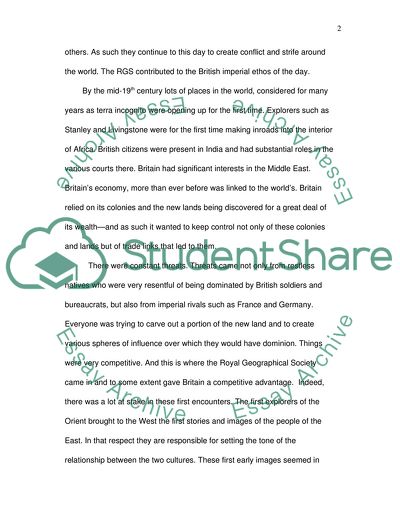Cite this document
(Royal Geographical Society Essay Example | Topics and Well Written Essays - 1500 words, n.d.)
Royal Geographical Society Essay Example | Topics and Well Written Essays - 1500 words. https://studentshare.org/history/1727160-royal-geographical-society
Royal Geographical Society Essay Example | Topics and Well Written Essays - 1500 words. https://studentshare.org/history/1727160-royal-geographical-society
(Royal Geographical Society Essay Example | Topics and Well Written Essays - 1500 Words)
Royal Geographical Society Essay Example | Topics and Well Written Essays - 1500 Words. https://studentshare.org/history/1727160-royal-geographical-society.
Royal Geographical Society Essay Example | Topics and Well Written Essays - 1500 Words. https://studentshare.org/history/1727160-royal-geographical-society.
“Royal Geographical Society Essay Example | Topics and Well Written Essays - 1500 Words”. https://studentshare.org/history/1727160-royal-geographical-society.


